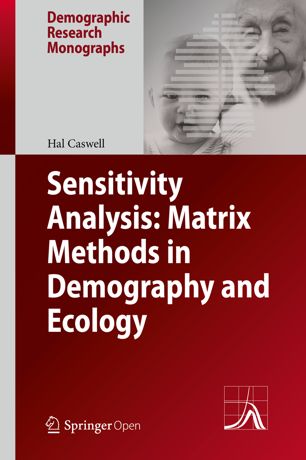

Most ebook files are in PDF format, so you can easily read them using various software such as Foxit Reader or directly on the Google Chrome browser.
Some ebook files are released by publishers in other formats such as .awz, .mobi, .epub, .fb2, etc. You may need to install specific software to read these formats on mobile/PC, such as Calibre.
Please read the tutorial at this link: https://ebookbell.com/faq
We offer FREE conversion to the popular formats you request; however, this may take some time. Therefore, right after payment, please email us, and we will try to provide the service as quickly as possible.
For some exceptional file formats or broken links (if any), please refrain from opening any disputes. Instead, email us first, and we will try to assist within a maximum of 6 hours.
EbookBell Team

5.0
98 reviewsThis open access book shows how to use sensitivity analysis in demography. It presents new methods for individuals, cohorts, and populations, with applications to humans, other animals, and plants. The analyses are based on matrix formulations of age-classified, stage-classified, and multistate population models. Methods are presented for linear and nonlinear, deterministic and stochastic, and time-invariant and time-varying cases. Readers will discover results on the sensitivity of statistics of longevity, life disparity, occupancy times, the net reproductive rate, and statistics of Markov chain models in demography. They will also see applications of sensitivity analysis to population growth rates, stable population structures, reproductive value, equilibria under immigration and nonlinearity, and population cycles. Individual stochasticity is a theme throughout, with a focus that goes beyond expected values to include variances in demographic outcomes.
The calculations are easily and accurately implemented in matrix-oriented programming languages such as Matlab or R. Sensitivity analysis will help readers create models to predict the effect of future changes, to evaluate policy effects, and to identify possible evolutionary responses to the environment.
Complete with many examples of the application, the book will be of interest to researchers and graduate students in human demography and population biology. The material will also appeal to those in mathematical biology and applied mathematics.